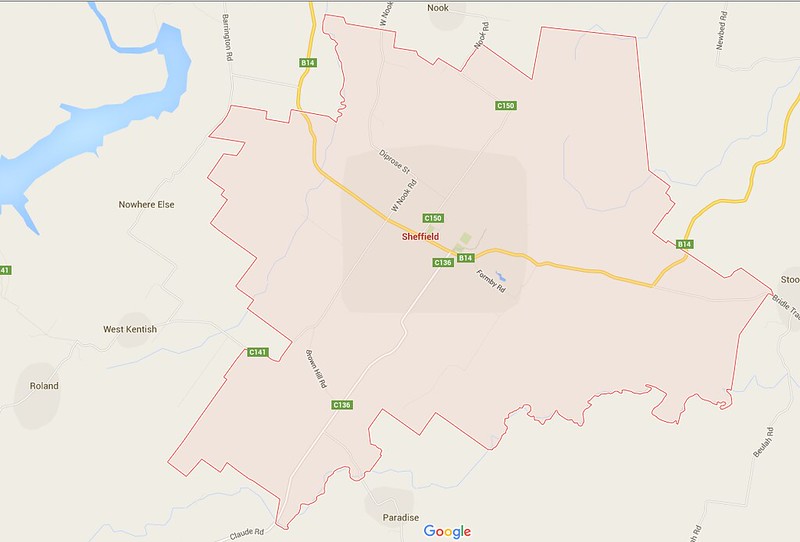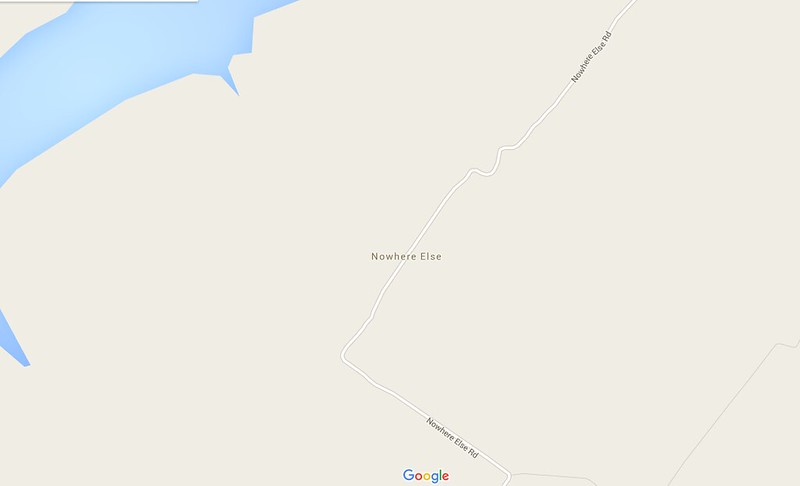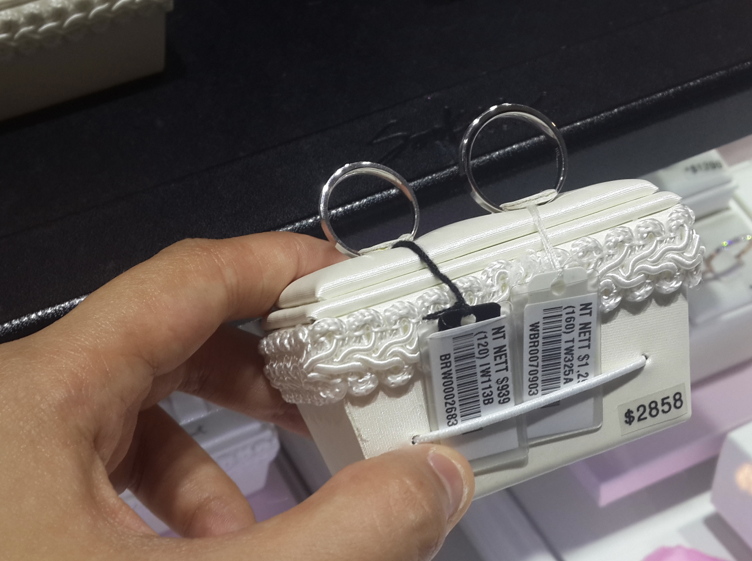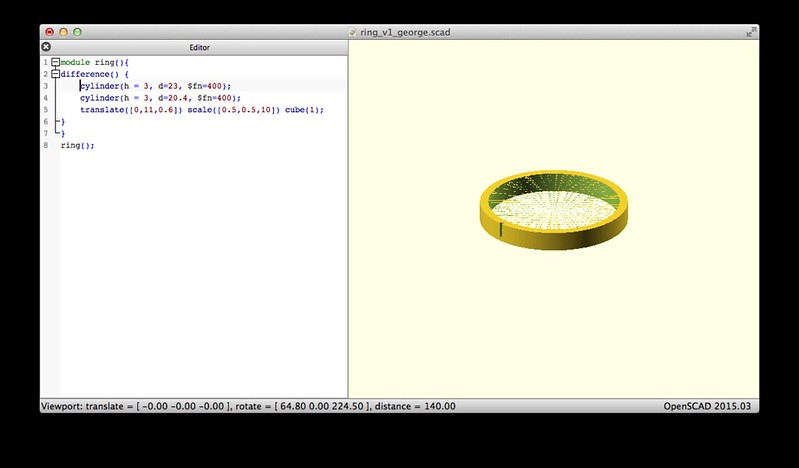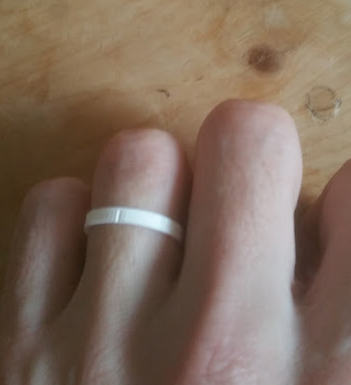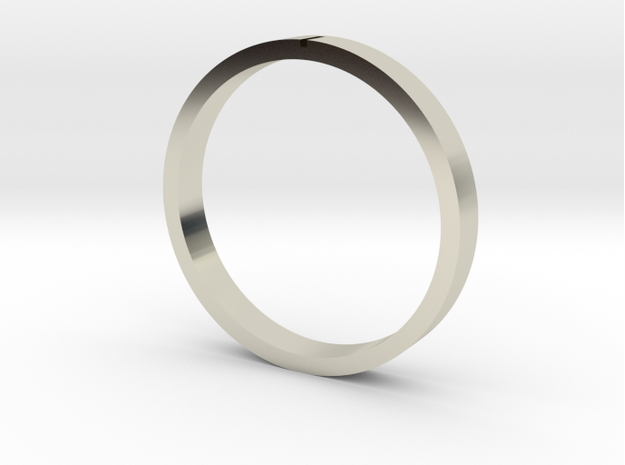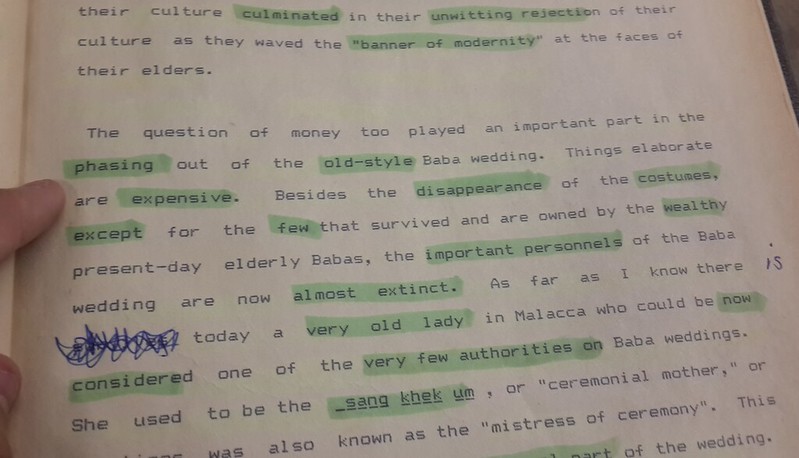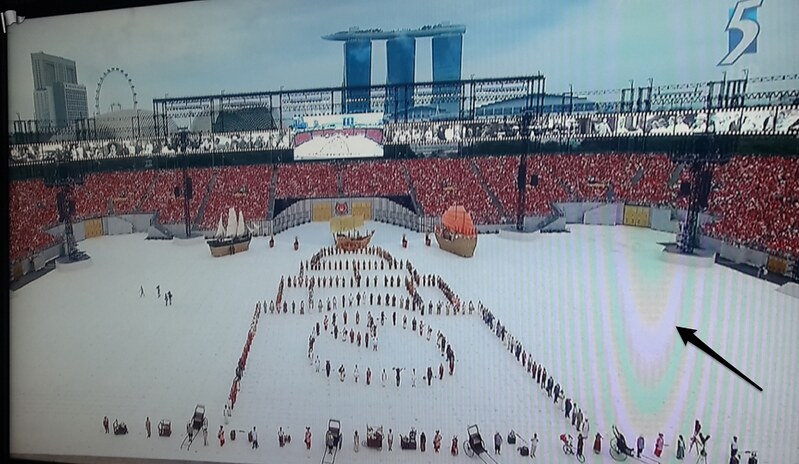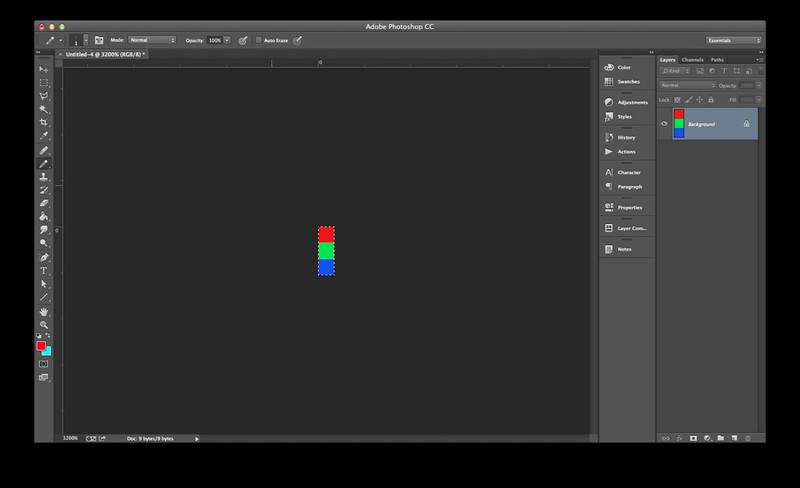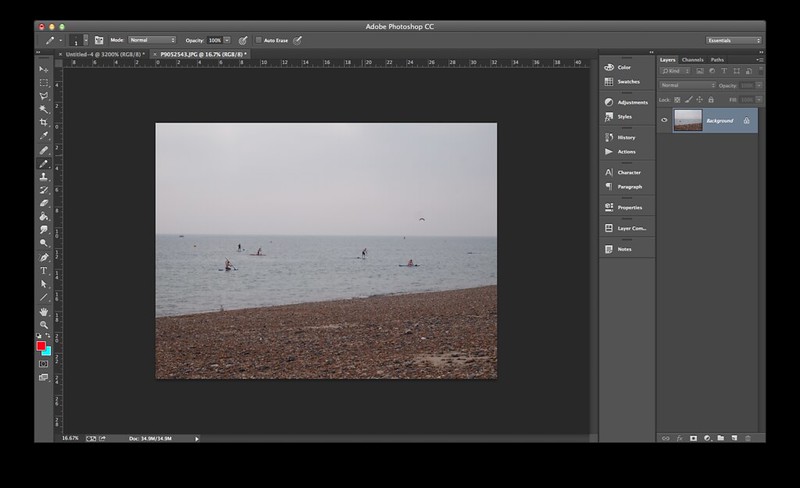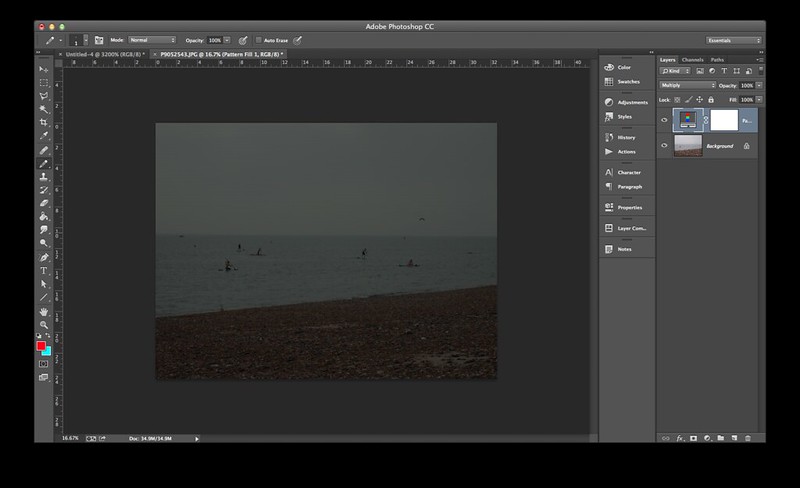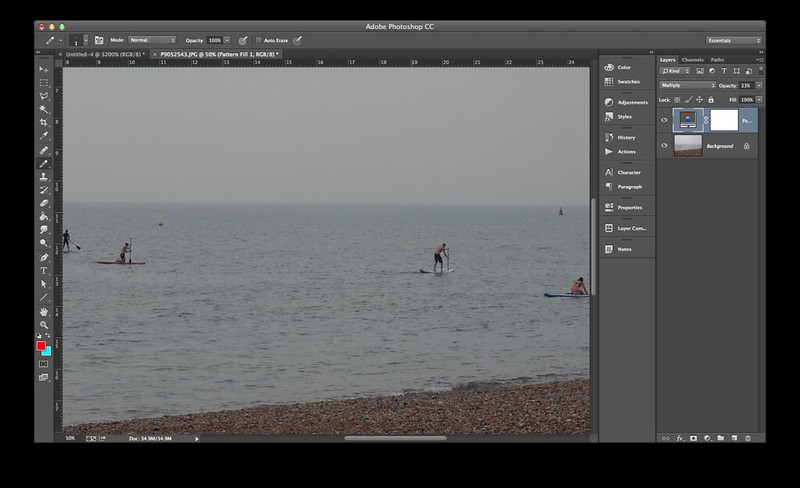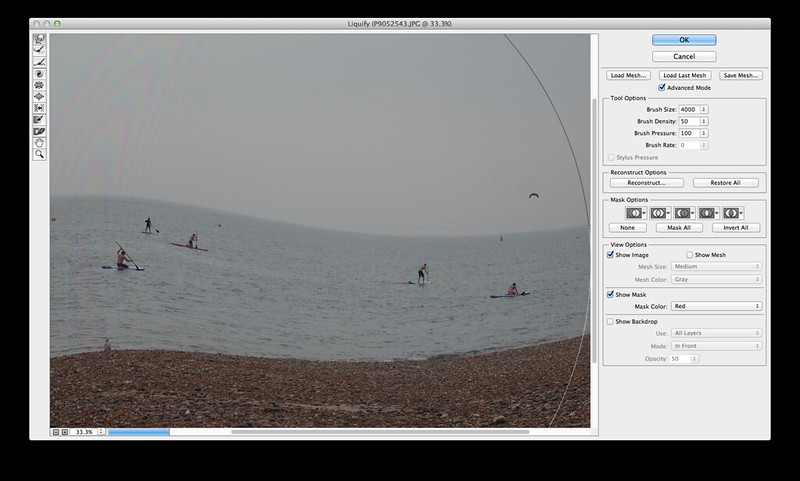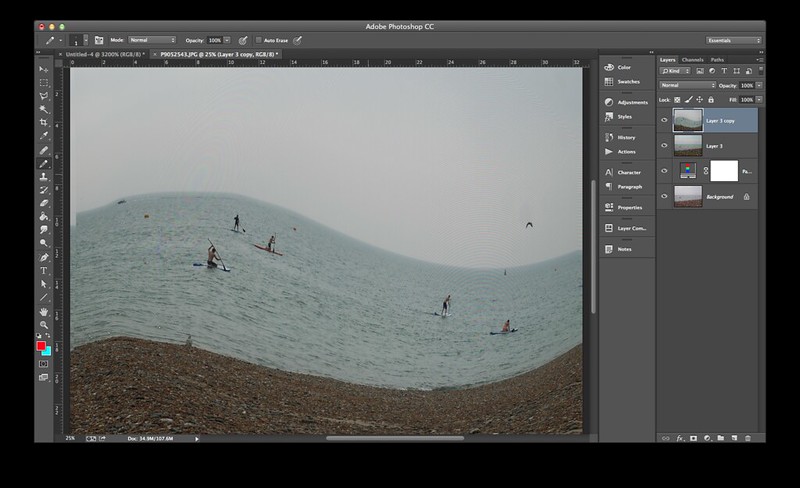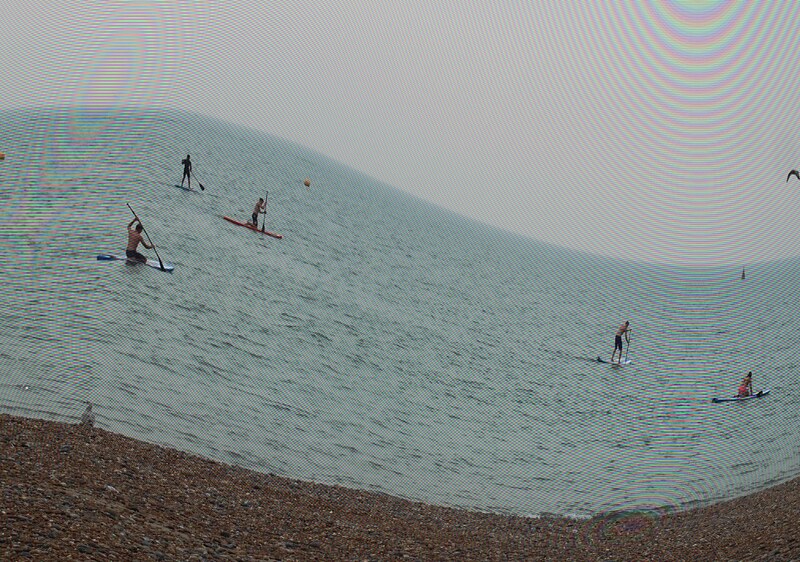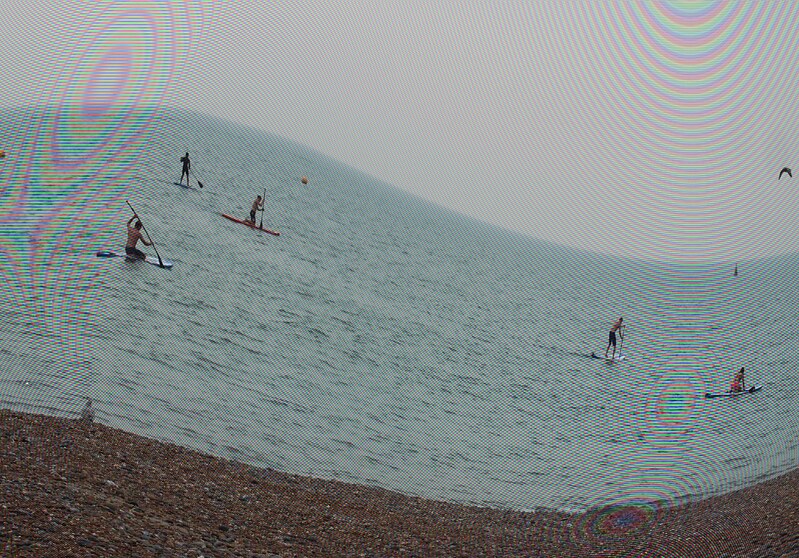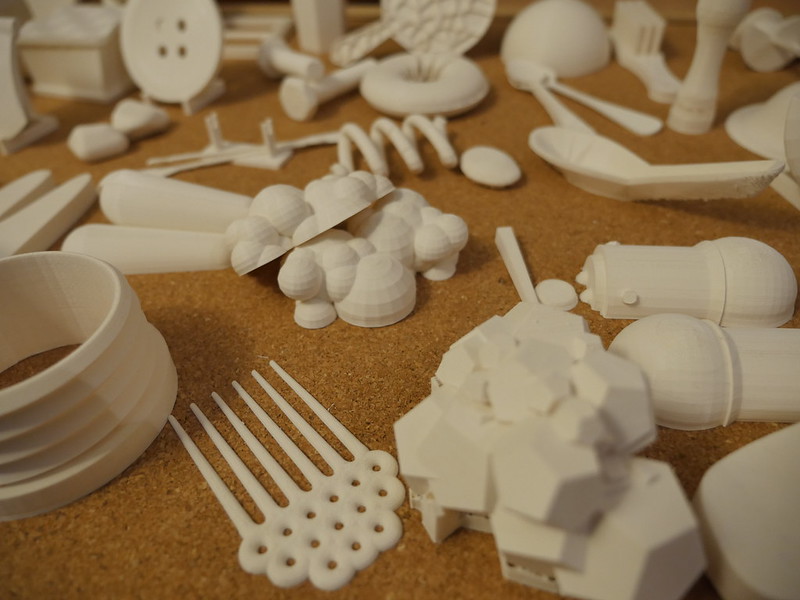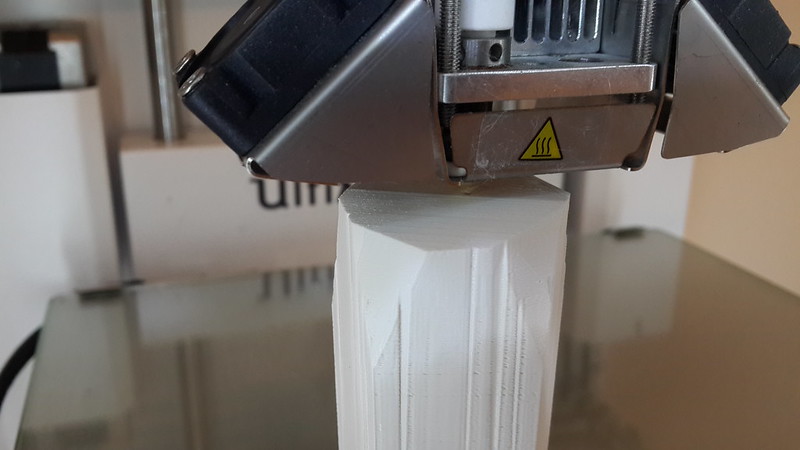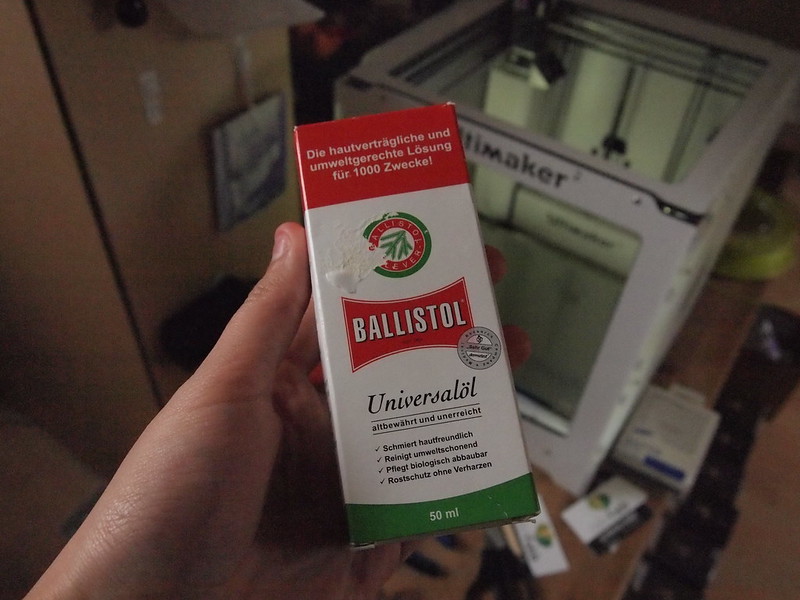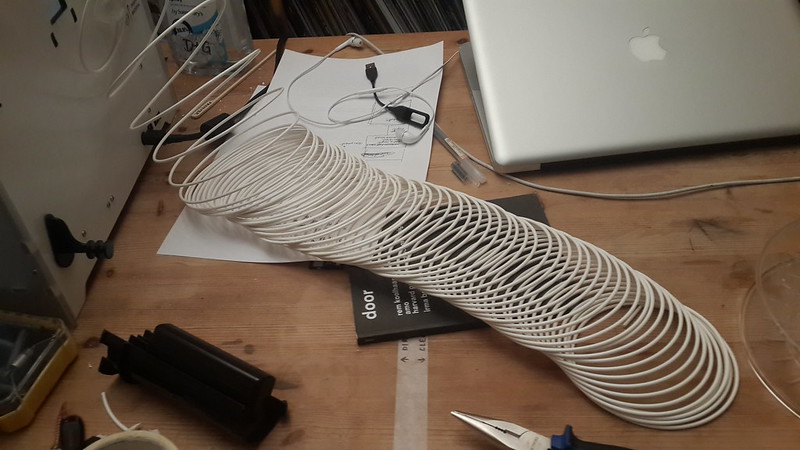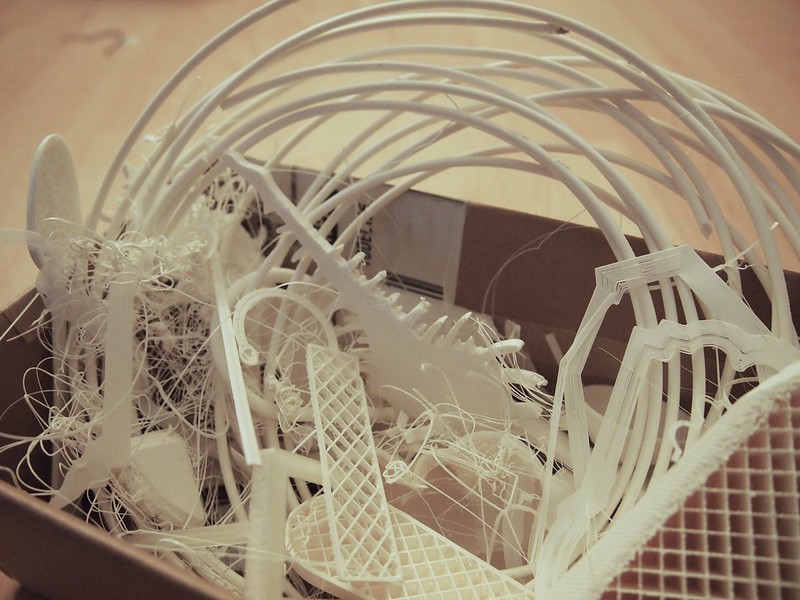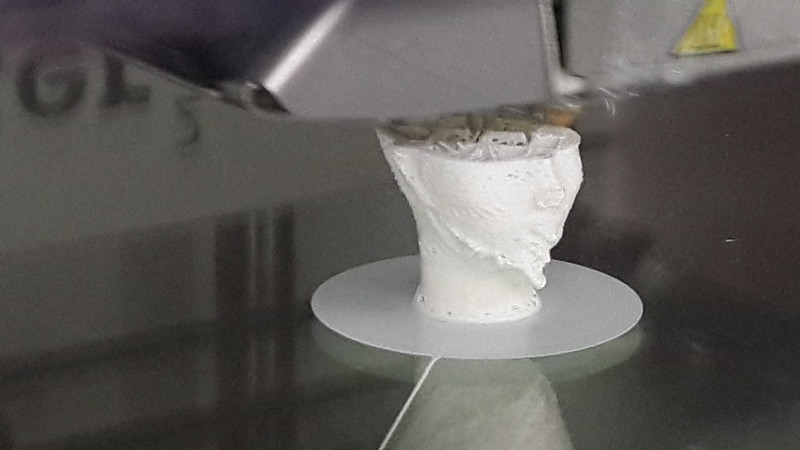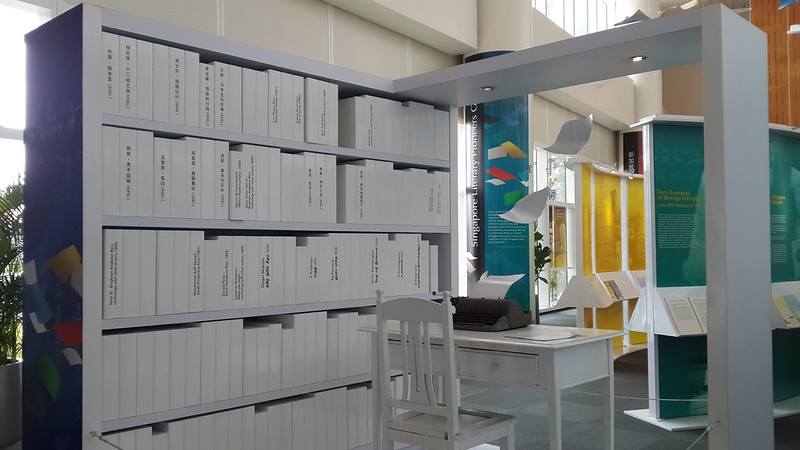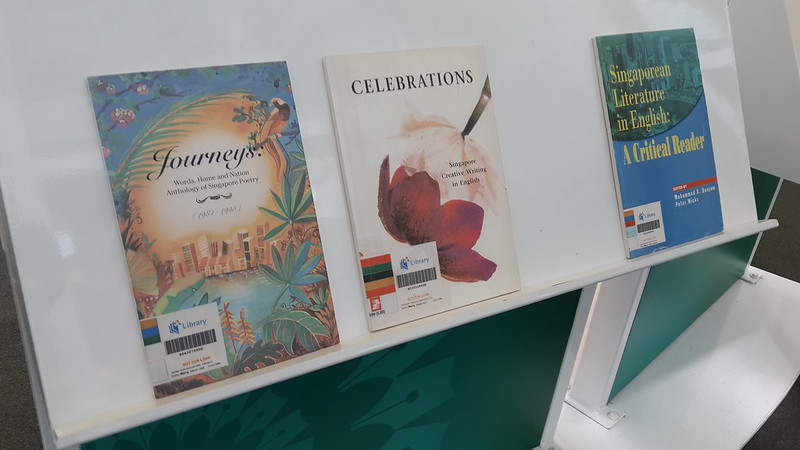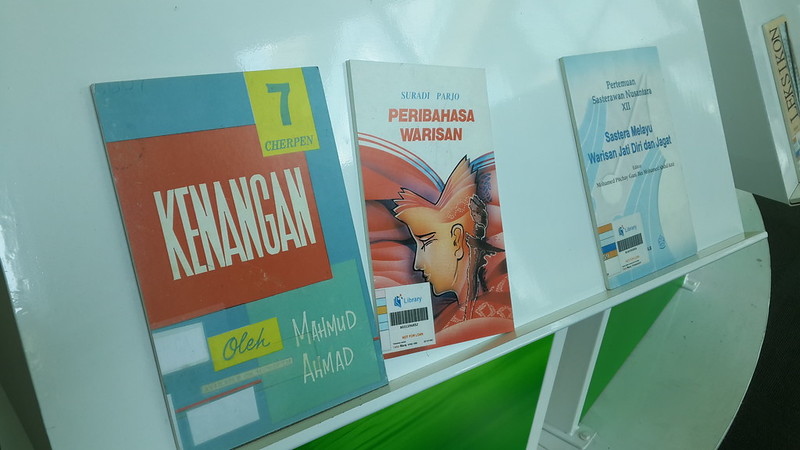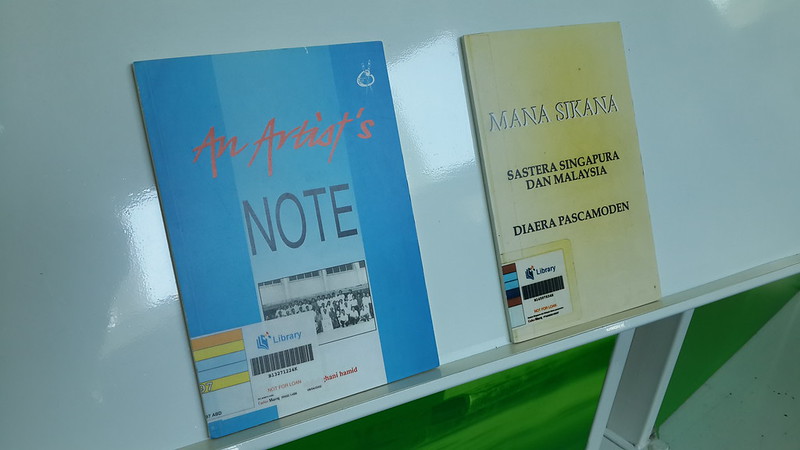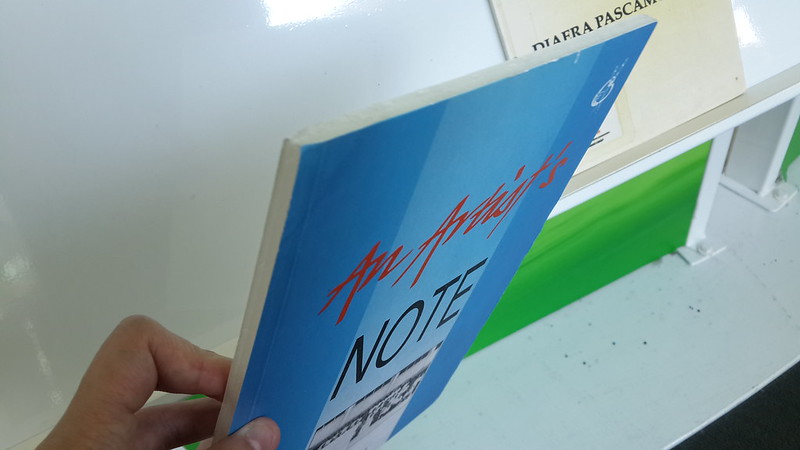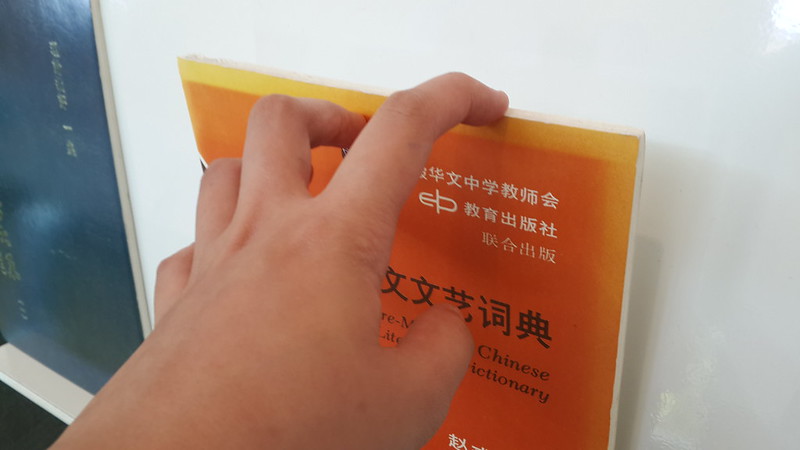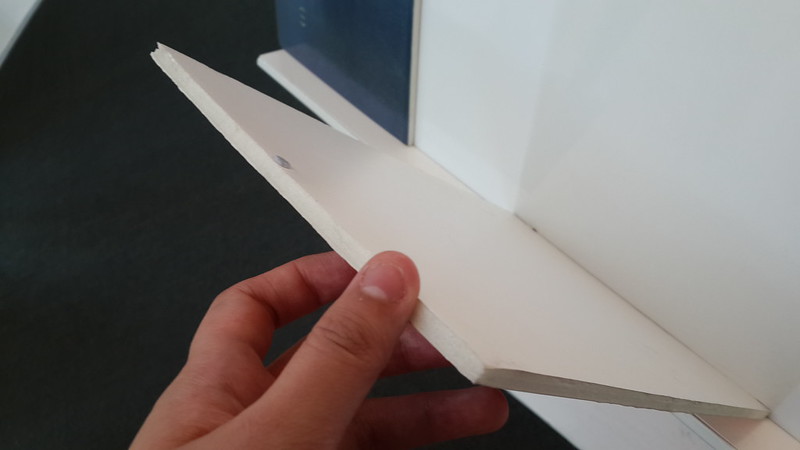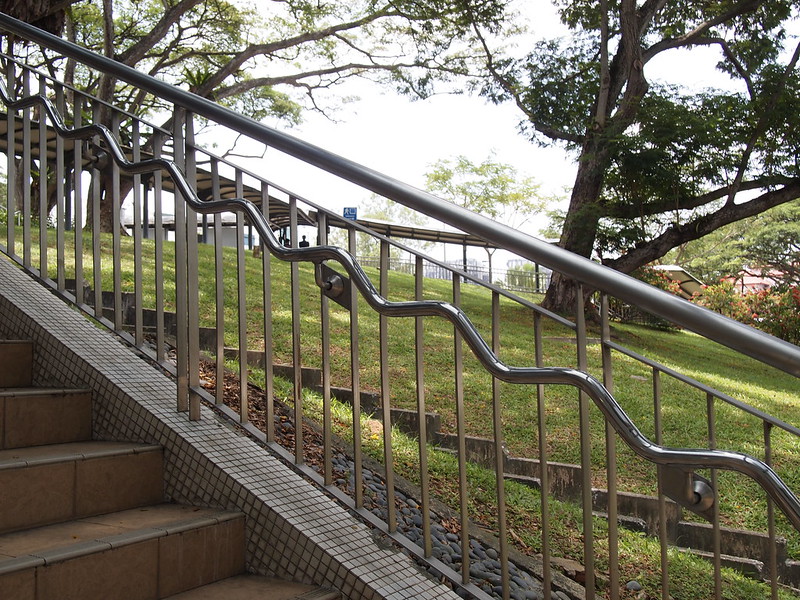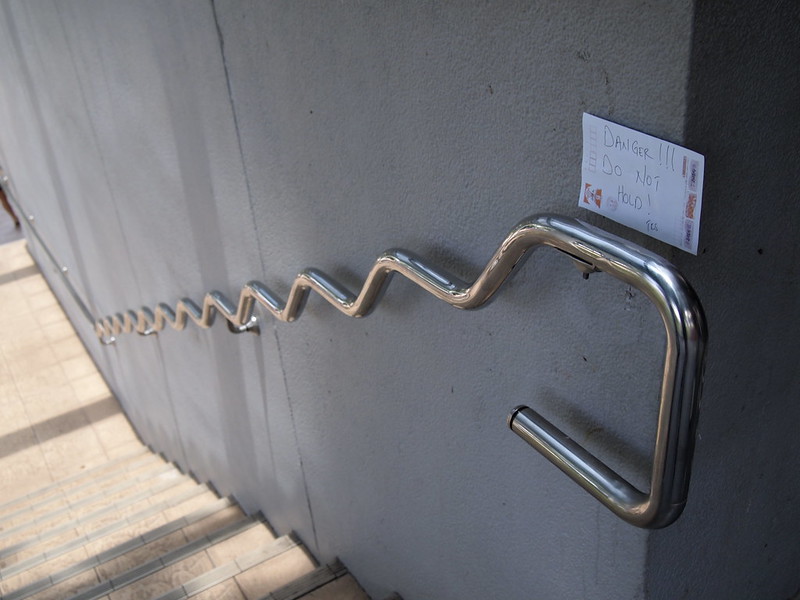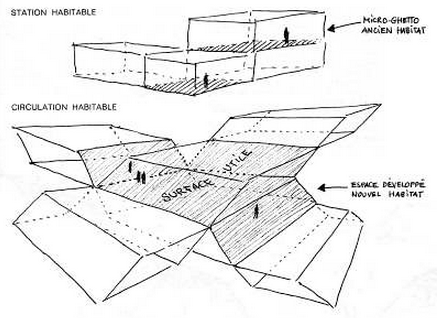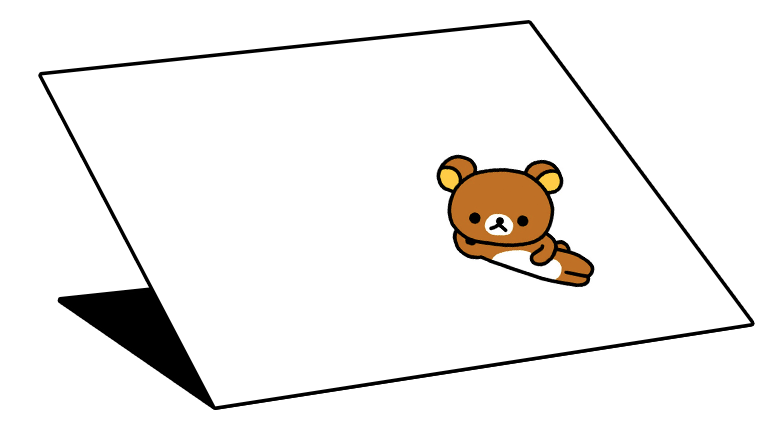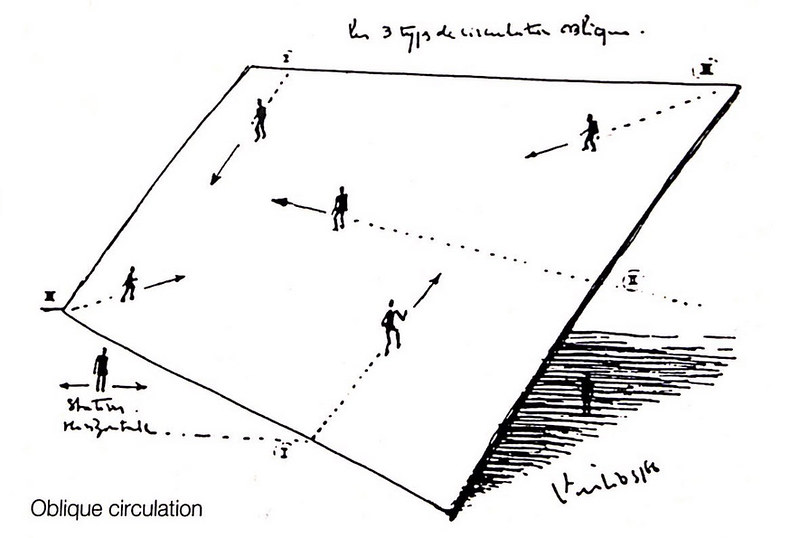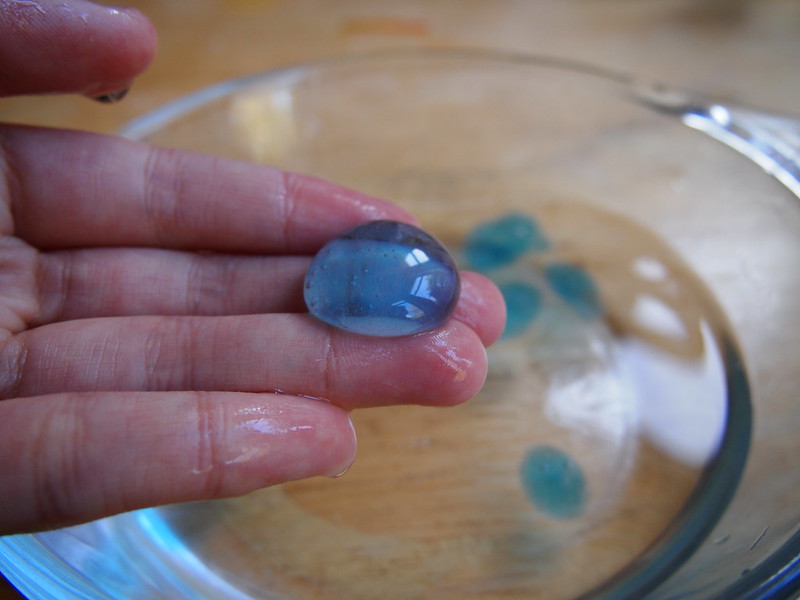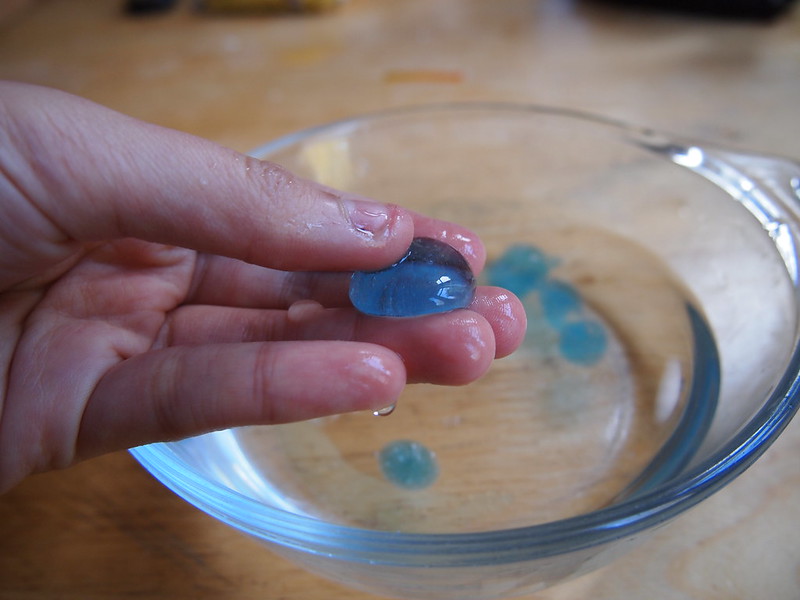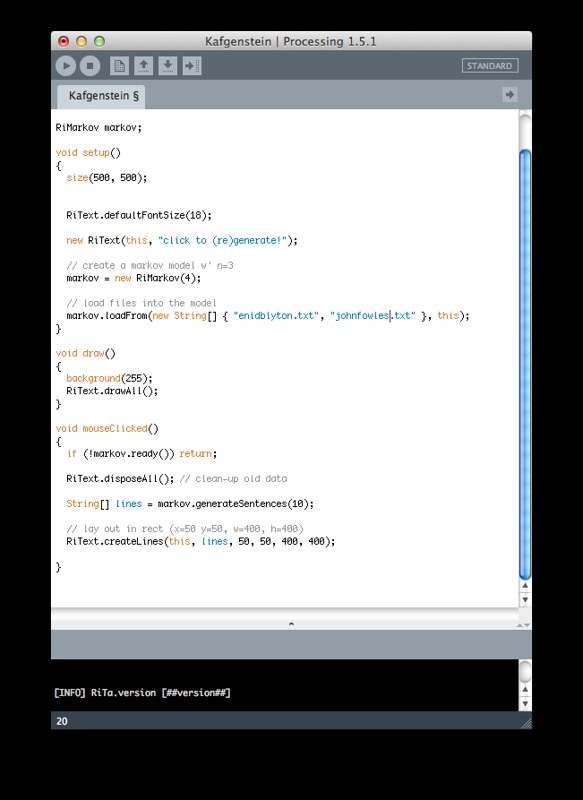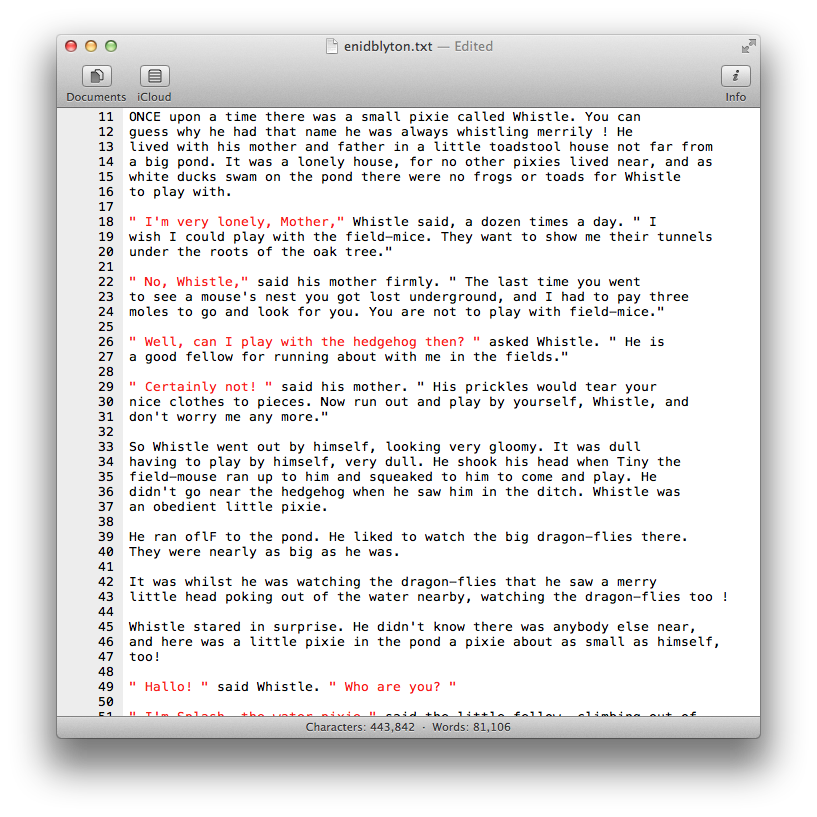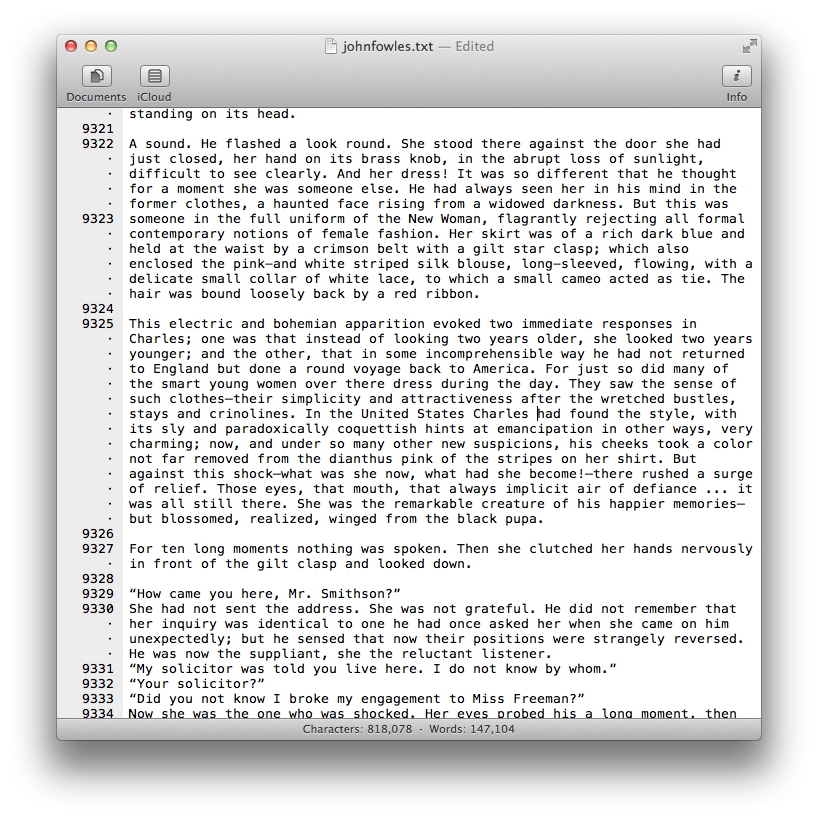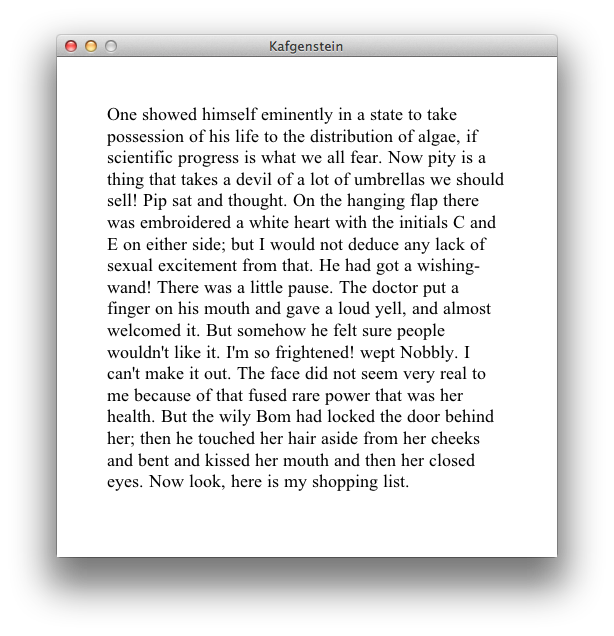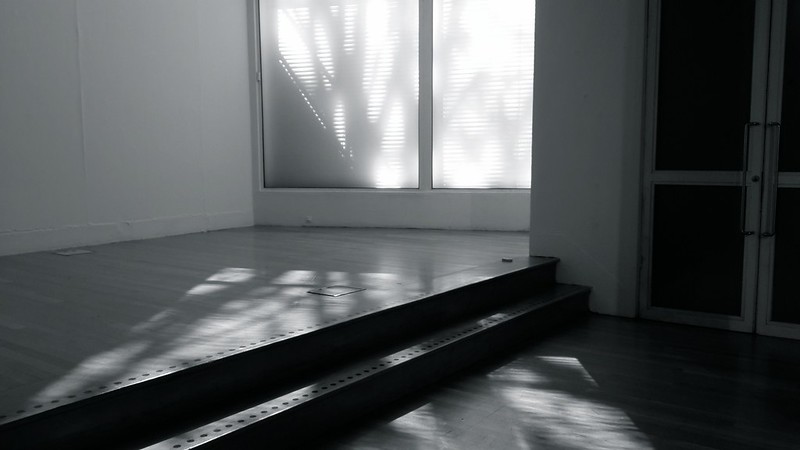
It seems necessary to respond and make a note on the whole situation at Royal College of Art. (But if you haven't heard, I've put a list of some news/blog articles at
the bottom of this post)
For most of my adult life I've been self-guiding most of my learning, of various things, from design to programming. But partly motivated by my desire to be closer to George in London - and also to make the most of what I saw as more progressive educational opportunities in the UK (compared to Singapore), I started applying for my masters, which turned into a bizarre exercise in narrativising the process of how I turned into a person or artist who wanted to return to an academic institution - a story which I would have to tell over and over again to college admission and scholarship boards. I was forced to think desperately about this:
why return to university if you could teach yourself?
It is easy to forget that in the debate regarding the state of universities, that people don't always go to a university because they want to go to that university, but rather that they want to go to a very specific programme, or there are specific people that they want to study under - who happen to be working within the university, but aren't "the university". And sometimes these aren't skills we are seeking, but exposure to different perspectives on working. I thought of it like visiting a big library of people with a wider range of life experiences. For the student, the university may as well be some strange hollow plastic shell enveloping the course that they have decided to take, the workings of which they only become more aware of as they actually enter the institution.
In an ideal world, the university would indeed be a protective shell, a place which protects and nurtures its staff and students. But in the real world, it is a place full of contradictions.
Even well-meaning policies like tenure - which are meant to ensure that staff have the right not to have their positions terminated without good cause (ensuring that there is no institutional censorship to fear) - even this process of tenure can potentially be turned into an instrument which still reduces academic freedom: if the criteria for tenure is opaque, or turned into a complicated review process, then you end up with
the fear that tenure is used as a filter to only hire certain people with similar political views or approaches. Or valuing research over teaching standards - dropping professors who might be great teachers but are less productive in churning out research papers - this runs the risk of turning departments into nothing more than over-glorified self-congratulatory echo chambers of archaic practices and entrenched thinking.
In a way, even before I went back to to do my masters, universities in the UK were facing brutal funding cuts - especially with regards to the arts. And these cuts were affecting the way universities were run, changing their orientations and their ability to be flexible, and affecting the overall accessibility of higher education.
Besides the university, there are many places where people can learn without having to attend classes in a specific city, a specific campus, and where people don't have to pay inflated tuition fees. An example: Several years ago, I worked in a flash design job. It wasn't a university education or polytechnic education that directly equipped me (or many of my colleagues) with the skills to do that job, but it was years spent fooling around online on forums like newgrounds and flash/javascript/php forums, making crazy websites and learning new things in my free time. Who would have known that all that time spent playing on the internet and experimenting with things online for the fun of it would become a kind of work itself? Once I saw a company hire a freelancer at a completely overrated freelance rate for a one-off project, and this apparently qualified person with some formal degree in interactive design could not even make a simple animation within the timeline, let alone make a scripted animation - so I ended up having to do it for them. In this area, people became good/great at what they were doing if they were personally interested in exploring and building new things, and not because someone told them at school that they had to learn it.
The main thing was that you had to be flexible, and there was always more learning and experimenting to be done. That Flash job which I did once upon a time does not exist in its same form today, as technologies and platforms have moved on quickly; for years Flash has been on the decline, and now Flash doesn't even automatically run in browsers like Chrome anymore. If one had to write up an adequate curriculum to teach people about something regarding digital arts or digital design, it would be a lesson plan that would need to change and be reassessed from year to year. And one thing I've always been suspicious about - was whether universities and huge institutions on the other hand could be flexible enough to accomplish a truly honest review of itself from time to time.
In my opinion, there are few programmes today which are flexible. But Design Interactions was one of the few good ones - worth me relocating and spending two years at at considerable cost. I didn't even apply to another school or department, there was no second choice in my mind. But even the generous scholarship I had received from NAC could only cover the eye-wateringly exorbitant international student tuition fee, so I had to find my own means to support my living costs there (and Countless thanks must go to my parents and George for all their help and understanding).
I was interested in Tony and Fiona's approach to it as a kind of pedagogic exercise. (See their
School of Constructed Realities). The core of what we did was not learning skills or technologies, but exploring aesthetics and form and how we represented a complicated idea or scenario, or at least that was how I perceived it. Possibly the most interesting part of being there was all the headbutting with people who expressed bafflement at my approach, and people who didn't understand what I was making. As a writer, I admit I was at times more concerned with the words we used to describe things, more so than the things themselves at times, which I know is probably a bit of a weird way to approach what is still at heart a design programme.
In fact, if we had to add a word of caution: at times it verged on becoming too flexible, which allowed design projects to mutate into monsters of unrealistically ambitious scale and scope. Some of the work also tended to be clustered around certain recurring themes as students took cues from one another or sprung forth from the tightly managed briefs issued by the tutors. Some also were self-aware of the problems of making work which might look too "DI", as if the department could be summed up in a certain visual style. But if you saw our graduation show this year, this was as far from the case as you could get. Some visitors walked in to our show in the basement grotto of RCA and did double-takes -
"Are you guys IED? IDE? DI? Where is the Interaction??? Where am I? What is happening? And what is that unearthly sound?" I loved it when as a whole the room produced confusion in people, toeing the line between what the world might perceive as confused, naive blitheness... or being a complete troll.
There have been articles on design blogs online and
newspapers, parroting at first the Rector's newsletter which was worded in a way that ended up insinuating that it was the departure of Design Interactions staff which caused the college to be "in jeopardy" - something which Paul Thompson has now
retracted and
apologised for after media attention on it has intensified. Clearly, he must have become aware that sounding like he is blaming staff for leaving doesn't quite inspire confidence or help in the now highly publicised search for replacements for the department; no intelligent academic needs the damocles sword of "in the future we might consider legal action if you tender early but decide you cannot serve six months notice!" hanging over their heads.
On the wider level of the college, there seemed to be a failure to produce an environment in which students felt that their views would be adequately heard. I remember attending one of the
Student Union meetings with Channing and being struck by how dismissive the Rector was towards even the simple questions I wanted to ask on behalf of a course mate. A great anxiety had built up within School of Design over issues of workshop access, as the workshops were plainly oversubscribed in terms of numbers of students. We also saw how other departments experienced their studio spaces becoming smaller and smaller as intakes got bigger and bigger, which no doubt affected the studio environment - how big could you dream and build if you constantly had to look over your shoulder to make sure you weren't getting in the way of others (or... getting in the way of fire regulations)? Very close to our exams graduation we also received emails that workshops would be closed a week before the final show and that the spray booth was permanently broken for the rest of the year and might not be fixed any time soon.
Even if things were resolved eventually, and even if somewhere in all this there had been some logical plan which would be implemented, the seed of fear had long been planted within students. The overall feeling was that the university would be willing to dilute the educational experience if this would bring in the money it needed. And at what cost? The morale of staff and students? The reputation of the institution? Whilst I'm sure that the remaining Design Interactions students have the strength and courage to shape their final year into something awesome out of all these unexpected events, the fact is that no enrolled student wants to have to worry for the future of the institution they are in, nor should they have to!
Yesterday when I went to a
talk/reunion of
SPUR (Singapore Planning Urban Research Group), a group of young architects and planners from Singapore who came together in the mid-60s to independently discuss, research, and convince people about alternative strategies that could improve and modernise Singapore. Years ago, when I first found out about their work and writings, I felt so incredibly heartened to realise that Singapore had so many thoughtful intellectuals who were trying to examine and make proposals for Singapore's planning at such a crucial juncture of Singapore's formation, and with such a can-do spirit. It was an honour to see many of them in person gathered in one room.
Perhaps it was because we were seated within the National University of Singapore (also my alma mater), perhaps that is why William Lim kept reiterating the importance of the role the university needs to play in facilitating the creation of alternative ideas and in nurturing independent research groups.
If a university is constantly thought of to be in and out of "jeopardy" by students and staff, then how can it become that nurturing space which we wish for it to be?
And on next week’s imaginary reality tv live blog episode:
Tired of becoming constantly entangled with various institutions in crisis(es), Debbie runs away to live in a small shed and attempts to establish a non-conventional school on a temporary island in the sky, floating through the metaverse...
See also:
2 March 2015: Wired.co.uk - Royal College of Art design legends step down
10 March 2015: Dezeen - "Changing of the guard" as more senior staff step down at Royal College of Art
11 May 2015: #silentRCA –
RCA Student Union: Protest at the RCA" - Press Release: This morning at 8.45am students of the Royal College of Art staged a protest to manifest their disagreement with the way the College is being run. Students pay tuition fees of £9,500 and £28,900 per year for home/EU and international students respectively. The Senior Management of the College is perceived by students to make decisions based on operational considerations rather than academic requirements, while excessively complicated administrative procedures dictate the day-to-day agenda of the College.
28 September 2015: Dezeen - RCA in "state of jeopardy" after Design Interactions staff departures
29 September 2015: Channing Ritter - In response to Dezeen Magazine: RCA in “state of jeopardy”
1 October 2015: The Independent: Royal College of Art ‘in a state of jeopardy’ as staff quit and students protest
2 October 2015: Dezeen - Royal College of Art rector apologises for statements about staff
